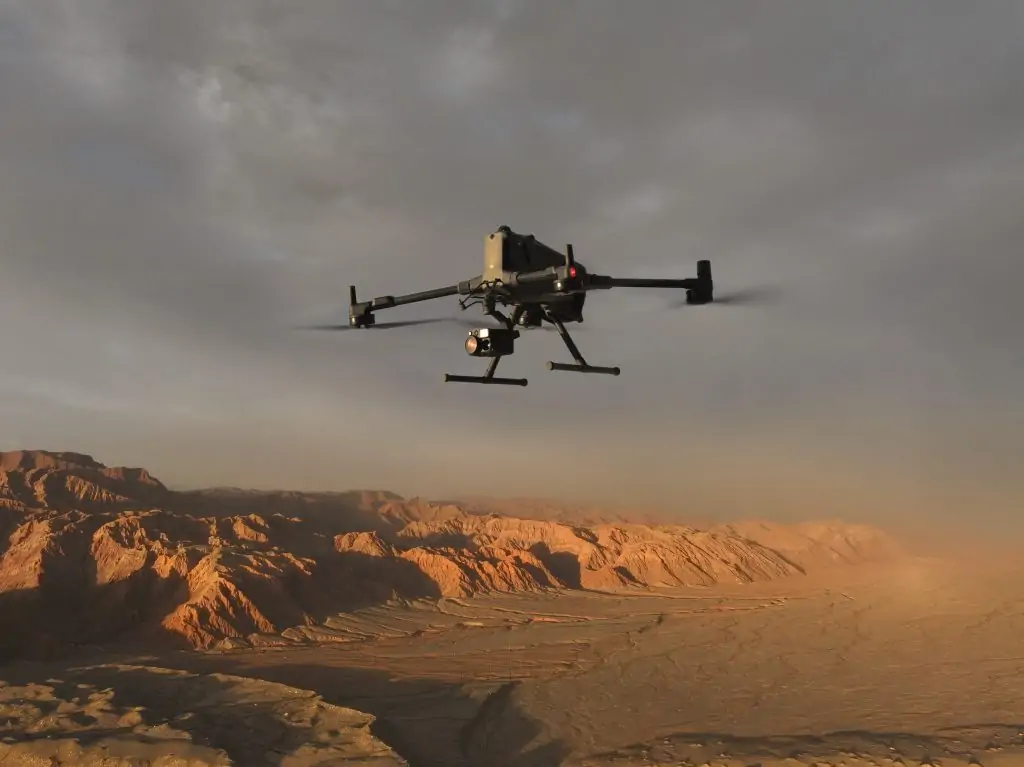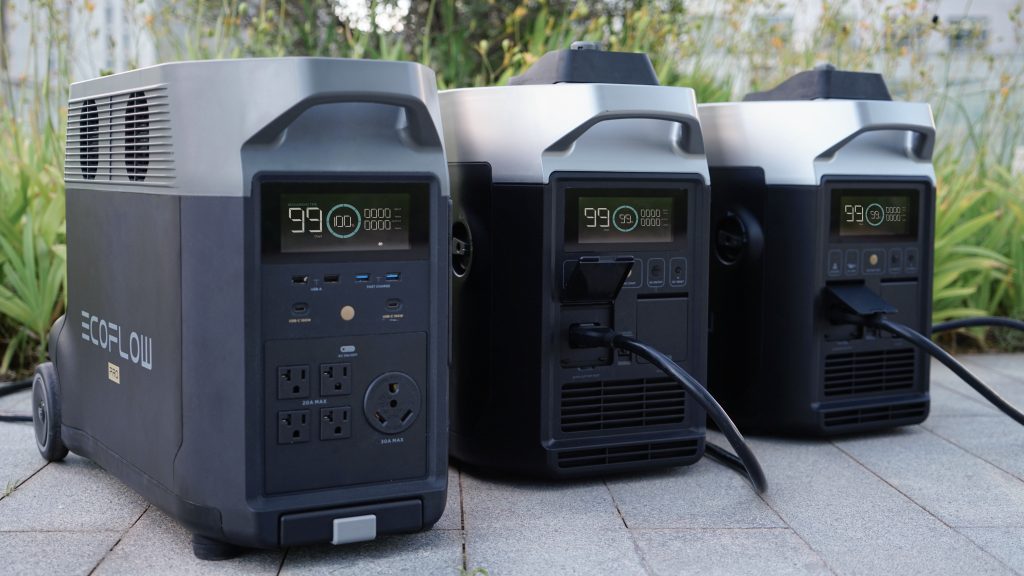Inspection in the energy sector encompasses comprehensive assessments of power generation, transmission infrastructure, renewable sources like wind and solar, ensuring operational integrity, safety compliance, and maintenance efficacy to sustain a reliable and efficient energy supply. These inspections involve rigorous evaluations of equipment such as turbines, transformers, substations, and power lines, aiming to identify potential faults, optimize performance, and adhere to stringent industry regulations and environmental standards.
Traditionally, inspections in the energy sector have relied on manual, time-consuming methods involving human personnel climbing structures or employing ground-based vehicles, which can be labor-intensive, costly, and pose safety risks in accessing remote or hazardous locations. With the advent of drones, these challenges have been mitigated, revolutionizing the inspection landscape by introducing advanced aerial capabilities that enable thorough assessments of infrastructure, drastically reducing costs, enhancing safety measures, and providing unparalleled access to remote or challenging locations, thus redefining and optimizing the inspection processes within the energy sector.
Understanding Drone Technology in Inspection
Efficient and accurate inspections play a pivotal role in ensuring the reliability, safety, and sustainability of critical infrastructure within the energy, utility, and oil & gas sectors, directly impacting operational continuity, regulatory compliance, and minimizing potential risks to the environment and public safety. The implementation of drone technology in inspection facilitates heightened efficiency and accuracy by leveraging advanced features like high-resolution cameras, sensors, and data analytics, enabling precise data collection, quicker analysis, and comprehensive assessments of infrastructure within the energy, utility, and oil & gas sectors.
Inspection drones possess pivotal features such as advanced imaging systems, thermal sensors, maneuverability, autonomous navigation, and the capacity for remote data transmission, enabling them to conduct detailed and precise inspections of energy, utility, and oil & gas infrastructures with unparalleled efficiency. Utilizing drones over traditional methods encompass significantly reduced inspection times, enhanced safety by eliminating the need for personnel to access hazardous areas directly, cost-effectiveness, and the ability to gather comprehensive, high-quality data for analysis, thereby revolutionizing inspection practices across energy, utility, and oil & gas industries.
Applications of Drones in Energy, Oil and Gas Sector Inspections
Within the energy, oil, and gas sectors, drones have emerged as pivotal assets, undertaking essential roles encompassing pipeline monitoring, comprehensive inspections of rigs and platforms, as well as surveillance activities focused on refineries. Their utilization has markedly augmented safety measures, operational efficiency, and the robustness of maintenance protocols within these industries, enabling proactive identification of potential issues and ensuring the continual integrity and reliability of critical infrastructure.
Energy Sector Inspection
Drones in the energy sector serve diverse applications, conducting aerial inspections of power lines, transmission towers, wind turbines, and solar panels, facilitating proactive maintenance, identifying defects, and optimizing performance while minimizing downtime. Additionally, these unmanned vehicles enable swift assessments of substations and infrastructure, aiding in the efficient management and monitoring of critical energy assets.
- Boiler Inspection: Drones are equipped with advanced obstacle sensing systems to effortlessly and comprehensively scan boilers without requiring shutdown or risking safety or workers, while live footage aids in identifying potential risks for informed decision-making.
- Wind Turbine Inspection: automated flight routes ensure thorough, repeatable inspections capturing detailed close-up images of blade defects like cracks, water ingress, corrosion, or rust using zoom cameras, and providing digitized, quantitative results that streamline data analysis and record-keeping processes.
- Solar System Inspection: slash inspection costs by half and enhancing efficiency by leveraging the ability of drones to cover expansive areas swiftly, across solar farms without compromising personnel safety, thus optimizing maintenance operations.
- Powerline Inspection: safer, quieter, and more environmentally friendly solution, providing high-quality imagery that allows operators to assess power line conditions, prevent damage, and potential outages , with routine inspections conducted via pre-programmed waypoints for optimal perspective and detailed malfunction analysis.
The application of drones in the energy sector represents a transformative leap, offering unparalleled safety, cost-effectiveness, and efficiency in inspections, thereby ensuring the reliability and sustainability of critical infrastructure essential for our modern energy needs.
Oil and Gas Industry
The utilization of drones in the oil and gas industry presents a distinct advantage by enabling enhanced safety measures, cost-effective inspections, and efficient monitoring of critical infrastructure, leading to streamlined operations and proactive maintenance strategies. Moreover, the seamless integration of drones in the oil and gas sector not only facilitates optimized operations and proactive maintenance strategies but also significantly reduces operational risks, ensuring environmental compliance and fostering a more sustainable approach to industry practices.
- Asset Inspection: Using powerful cameras, thermal imaging and modeling software, oil and gas firms can create precise 3D models and digital twins in minutes, allowing for faster and more manageable large-scale inspections of pipelines, exterior surfaces, sub-surfaces of storage tanks and marine vessels.
- Aerial Surveillance: facilitate remote monitoring, offering a distinctive 360-degree view for surveillance of manned assets such as tankers, trucks, and equipment, while also providing engineers with rapid visual updates for unmanned production platforms or facilities under construction.
- Detecting Leaks: Equipped with gas detector payloads, drones offer a swift solution by scouting vast areas, accurately identifying leak locations, and facilitating immediate mitigation actions to prevent potential hazards.
The strategic integration of drones into the oil and gas industry exemplifies a transformative leap, heralding a new era of heightened safety, cost-efficiency, and meticulous infrastructure monitoring, paving the way for sustainable operations and proactive maintenance strategies in this critical sector.
Conclusion
Drones have undeniably revolutionized inspection practices across various industries, presenting a transformative impact characterized by enhanced safety, cost-efficiency, and precision. Their integration has streamlined operations, allowing for faster, more thorough assessments, and timely maintenance interventions, ensuring the reliability and sustainability of critical infrastructure. Looking ahead, the potential for future developments in drone technology offers exciting opportunities, including advancements in AI, increased autonomy, and improved sensor capabilities, promising even greater efficiency and accuracy in inspections. However, as innovation propels these advancements, it remains crucial to continually innovate inspection practices to meet evolving industry needs, foster sustainability, and maintain the high standards necessary for ensuring the safety and longevity of our essential infrastructures.



